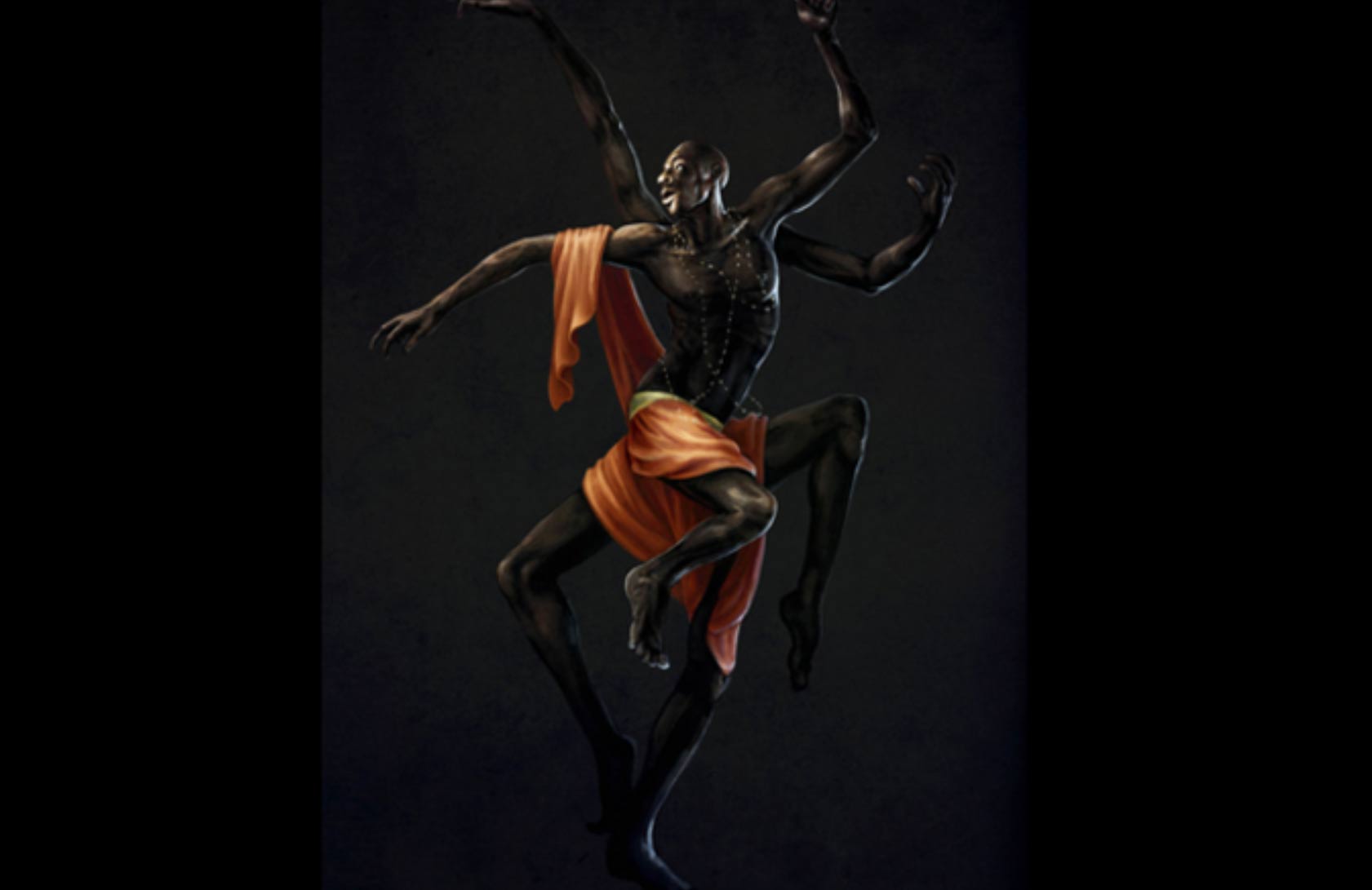Tradition encapsulates belief systems, customs, patterns, conducts as well as established doctrines that have been passed from one generation to the other. It involves shared experiences, values and practices that offer a given people a sense of identity and differentiate them from other groups of people. This means that every social grouping has itsown tradition which transcends individual rights and values, and are generally productive butcould sometimes be at the detriment of individuals, individual groups within that social network, and even the community at large.
Meanwhile, traditional practices are considered detrimental after being subjected to and evaluated under objective lenses of biological, social, psychological and natural sciences and deemed not to meet the psycho-social needs of man nor are necessary for his development and physical well-being, and therefore negate scientific theory and best practices. Such traditions are known as Harmful Traditional Practices (HTP).
Africa is a continent known for long-standing and diverse traditions. As such, there are endless beneficial traditions that imbue people with a sense of self and experience of community. Examples of these traditions are rituals which help in communal cleansing, festivals which are very much entertaining, performances and dances which are therapeutic, and even breastfeeding with its health perks. On the other hand, this continent is also dotted with several harmful traditional practices whose presence continue to crush the social, physical and psychological conditions of certain individuals – women and children especially.

Some of these HTP’s will be discussed in the course of this work:
- Female Genital Mutilation
- Breast Ironing
- Tribal Marks
- Eyelid Incision
- Body Augmentation
- Albinism Myths
- Son Preference
- Lip Discs
Cycles, Change & Culture
In his treatment of History, Culture and culture (with lower case c), British literary theorist andforefront proponent of cultural studies, Raymond Williams, analyses that every history is, in its core, a system of tension and “interactions” characterized by tripartite aspects: the residual, the dominant and the emergent. While the dominant history or tradition is that which dictate or try to dictate what can be thought and what can be done, the residual represent past cultural formations, values and meanings whose aspects may still be active in the present and even exerting pressure to distort the balance of the dominant tradition. On its part, the emergent tradition or history embody future cultural dimensions that put pressure on pre-existing as well as existing cultures.
William’s concepts no doubt concretize the fact that when matters of culture and traditions arise, there is an inevitable collocation with the vocabulary of change. Thus, culture and traditions must undergo cycles just as much as values within those cycles are recycled. This recycling, under Williams theorizing, should be seen to by the dominant and emergent aspects of traditions.
However, in the context of Harmful Traditional Practices as a residual tradition in Africa, our dominant history has failed because neither the Governments concerned nor the international community have managed to squarely challenge the bleak implications of such practices which violate human dignity, health, life and personal integrity despite specialized attempts. Perhaps, some of these practices were considered culturally sensitive, some were not worthy of attention, some lied too deep in the place of filial and familial conducts, or some were just too residual to be tangibly supplanted. In any case, any change has been slow in the stead of substantial and HTP still persist.

Auspiciously, only until recently have spirited, “emergent” attempts been made as human rights bodies and NGO’s are making noticeable progress in upholding human rights statuses. At the World Conference on Human Rights in Vienna in 1993, for example, the slogan “Women’s Rights are Human Rights” was adopted which speaks directly to practices concerning women.
Similarly, building on premises that the foci have shifted from the dominant to the marginalized, Susan Whyte and Benedicte Ingstad in 1995 opine that disability in the postcolonial sense transcends the somatic – both manifest physical and less manifest – disability to connote castaways, the oppressed and even the poor, emphasizing the social aspects of disability as much as the bodily experiences. With this, Albinos – among others – become instituted into the body of marginalized peoples which, in turn, means an institutioninto a dominant discourse – if we adhere to Ayo Kehinde’s valid conclusions in 2010.
Therefore, the institutionalisation of the marginal into the dominant, Shakespeare affirms in2013, “mandates barrier removal, anti-discrimination legislation, independent living andother responses to social oppression.”
From Dearth to Death: Appraising HTP's and its effects in Africa
Female Genital Mutilation
FGM has to do with the act of cutting or clipping away part of the external genitalia or removal of all of the most sensitive female genital organs. It is an age-long practice which is persistent in many communities and is believed to put a rudder on the sexuality of women, to avoid difficulty at delivery, or ensure purity before marriage.
However, FGM does not only violate a girl child’s personal integrity but also causes seriouspsychological trauma and different health complications. It ensures that the girl child doesnot attain the highest possible standard of health condition.
According to the 2001 NCTPE brochure, FGM has an occurrence rate of 90% in Harari,Ethiopia, 100% in Somali respectively.

Son Preferences
Son preferences is simply privileging the boy child over the girl child. This tradition is widespread across the African continent and it is favoured because the male child is believedto carry on the lineage and because many social and political positions are held by men. Thus, anyone without a male child lacks someone to whom great status is ascribed.
Regrettably, this is to the disadvantage of the female child who is neglected, discriminated against and only raised for marriage or domestic work. The girl child becomes psychologically troubled, seeing herself as low value and inferior. This, in turn, informs her life dynamics both socially, economically and financially. It should be noted that son preference, though prevalent in Africa, is not endemic to the former but is a transcultural phenomenon.

Breast Ironing
Breast Ironing is the forceful flattening, massaging or pounding of pubescent girl’s breasts in order to mar their growth or to try and make them disappear. This is because the perpetuators – usually grandmothers, mothers, aunts or female guardians – believe that breast ironing enshrouds the girl child from prying eyes thereby preventing her from rape and that it helps maintain her decency and purity, averting early pregnancy in the process.
On the contrary, breast ironing has dire health consequences as it can cause severe pain,cysts, cancers, infections, abscesses, tissue damage; physical consequences such as breastdeformation, breast eradication; psychological damage as depression, sexual apathy andtrauma.
Breast Ironing is prevalent in a number of African countries as a GIZ survey shows that 41% ofCameroonian women support the act. This practice has also been documented in places likeNigeria, Togo, Republic of Guinea, Côte d'Ivoire, Kenya, Zimbabwe and South-Africa where it is known as Breast Sweeping.

Photo Credit | Vice Australia
Tribal Marks
Tribal Marks are simply scarifications of the body or the face for the purpose of beautificationor identification. The main purpose of tribal mark is to identify a person’s personal lineage, ancestry, tribe or family. Other times, cuttings are made to serve as body ornaments and beauty symbols.
Nevertheless, tribal marks could have health consequences that range from minor to grave:the act of cutting is not only painful but the marks leave lasting psychological trauma due tothe facial disfigurement. The scars could breed inferiority complex.
Although a fading culture, tribal marks are still popular in some hinterlands in Togo, Beninand among the Yoruba people of Nigeria.

Albinism Myths
Albinism is a result of less melanin than usual in the body. The myths surrounding people with albinism are too numerous to mention and these have been deeply ingrained in the minds of those who believe it. Some of them are that having sex with albinos cures HIV/AIDSor that albinos are best skilled humans when it comes to sexual intimacy etc. Consult our article on albinism and its myths for further reading…
Calling Time...
Cultures and traditions are repositories for the complex interaction between dying histories, dominant practices and new values. This means that an integral part of tradition is that it must give way to change – positive change. Traditions and practices must evolve so that a harmless and true picture is painted – a picture where tradition benefits all individuals, minorities, ages and sexes, where dignity is preserved, health is emphasized, integrity is unsullied and culture is keenly celebrated.
Do you know of any other harmful traditional practice in Africa? How do you think thesechanges can be quickly made in order to attain entirely favourable traditions? Share yourcomments and opinions about this article and about HTP's in Africa.
References
Assefa D., Eshetu W., Getahun M., Berhaneselassie M., & Melaku A. 2005. Harmful Traditional Practices. Ethiopia Public Health Training Initiative. Retrieved Nov 11, 2021, from https://www.cartercenter.org/resources/pdfs/health/ephti/library/modules/degree/mod_htp_final.pdf
Fact Sheet No.23, Harmful Traditional Practices Affecting the Health of Women and Children. Retrieved Nov 11, 2021, from https://www.ohchr.org/documents/publications/factsheet23en.pdf
Kehinde, A. 2010. Abilitiy in Disability: the Empowerment of the Disabled in J.M Coetzee’s Life and Times of Michael K. University of Mumbai: Centre for African Studies.
Shakespeare, T. 2013. “The Social Model of Disability.” The Disability Studies Reader. 4th ed. Ed. J.D. Lennard. New York: Routledge. 214-221.
The Raymond Williams Reader. Eds. H. John. Oxford: Blackwell, 2001.
Whyte, S. R. and Ingstad, B. 1995. Eds. Disability and Culture: An Overview. Disability and Culture. Berkeley: University of California Press. 3-32.

We appreciate your contribution.
Join the Oriire Community
Become a free member to get the monthly roundup, unlock more challenges, comment on articles and bookmark your favourites





















Share
0 Comments